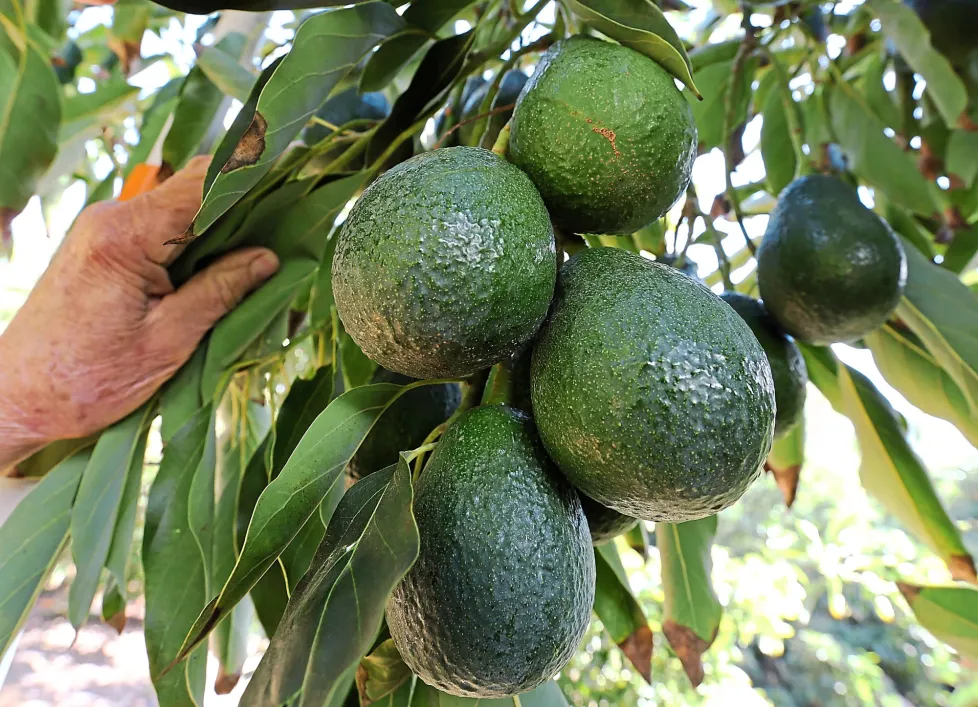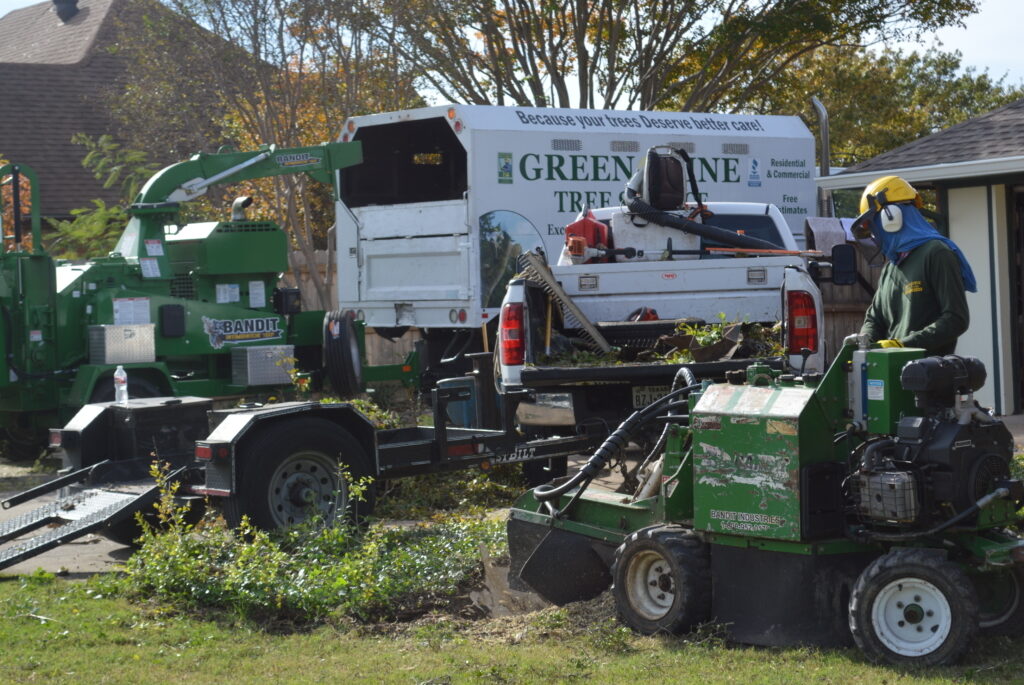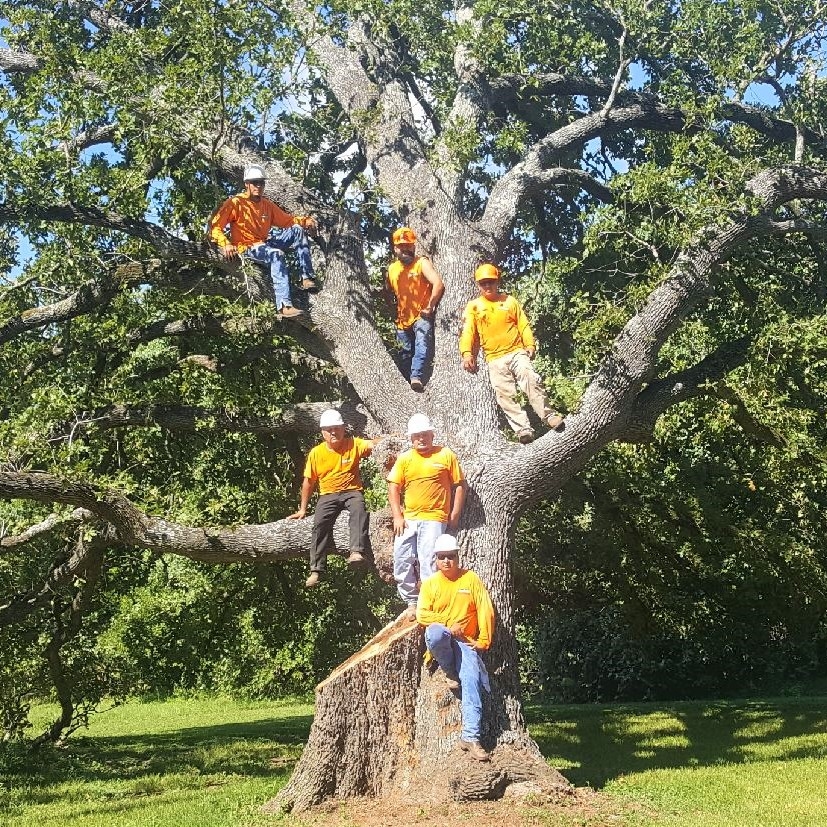Avocado Tree: A Comprehensive Guide to Growing and Caring for This Iconic Plant
Introduction to the Avocado Tree
The avocado tree, scientifically known as Persea americana, is more than just the source of the creamy, nutrient-rich fruit we all love. With its lush green foliage and sturdy trunk, the avocado tree is as appealing visually as it is delicious in its yield. But how much do you really know about this fascinating plant? Whether you’re a casual avocado fan or an aspiring grower, this guide will walk you through everything you need to know about the avocado tree, from its origins to how you can grow one at home.
The Origins of the Avocado Tree
Historical significance of the avocado
The avocado has been cultivated for thousands of years, with its earliest known use dating back to ancient civilizations in Central and South America. The Aztecs and Mayans revered the fruit for its creamy texture and nutritional value. They even believed the avocado had aphrodisiac qualities, which is one reason why it was such a prized commodity.
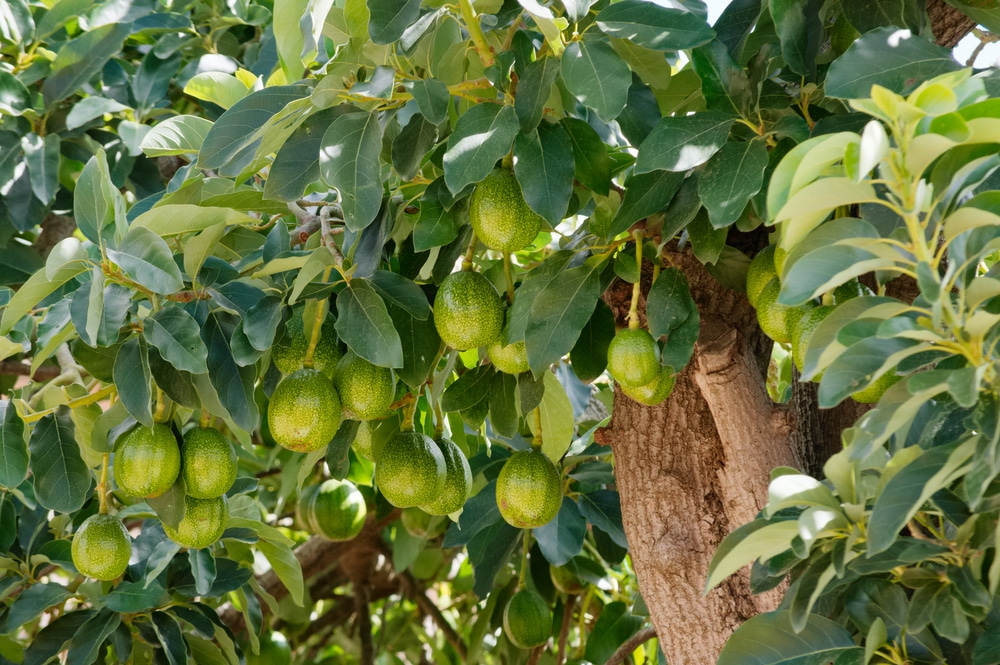
Geographic distribution and native regions
Originally native to the tropical and subtropical regions of Central America, the avocado tree thrives in warm, humid environments. Today, the fruit is grown in countries all around the globe, with major producers including Mexico, California, Israel, and Spain. Avocados have become a global agricultural powerhouse due to their rising popularity in cuisines worldwide.
Botanical Characteristics of the Avocado Tree
Tree structure and height
Avocado trees can reach impressive heights, with some varieties growing up to 80 feet tall. Their canopies are wide and dense, creating ample shade. However, for home growers, trees can be pruned to a more manageable size, typically around 15-20 feet.
Leaves, flowers, and fruit details
The tree produces oval-shaped, glossy green leaves that are evergreen, providing year-round beauty. Its flowers are small, greenish-yellow, and grow in clusters. The fruit, famously known for its pear-like shape, varies in skin texture and color depending on the variety, with the popular Hass variety featuring bumpy, dark skin.
The Life Cycle of an Avocado Tree
Seed germination process
Starting an avocado tree from seed is a slow but rewarding process. The seed must first be carefully extracted and soaked in water before being allowed to sprout. Once the root system develops, the seedling can be transplanted into soil.
Growth stages and timeframes
From seed to maturity, an avocado tree takes several years to produce fruit, with some varieties taking up to 10 years to bear their first harvest. However, grafted trees, which are commonly sold in nurseries, may produce fruit in as little as three to four years.
Optimal Growing Conditions for Avocado Trees
Ideal climate zones
Avocado trees thrive in USDA Hardiness Zones 9 through 11. These trees love warm weather but are sensitive to frost. If you’re in a cooler region, you’ll need to take special precautions or consider growing your avocado tree indoors.
Soil requirements
Well-drained, loamy soil is ideal for avocado trees. They prefer slightly acidic to neutral soil pH levels (6-7). Poor drainage can lead to root rot, one of the most common issues avocado trees face.
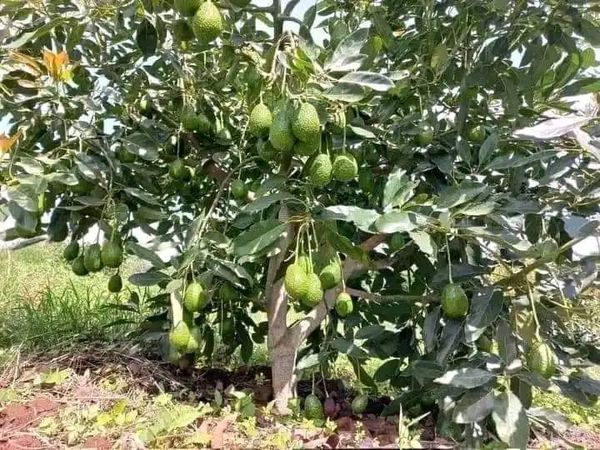
Propagation Methods for Avocado Trees
Growing from seeds
Growing an avocado tree from seed is a popular method for home gardeners. The process involves suspending the seed in water until it sprouts, and then transferring it to soil once the roots develop.
Grafting and other advanced techniques
For commercial growers, grafting is the preferred method of propagation. It allows for faster fruit production and ensures that the tree bears high-quality fruit.
Common Avocado Tree Varieties
Hass
Hass is by far the most popular avocado variety, known for its creamy texture and rich flavor. It’s also the most widely grown type globally.
Fuerte
Fuerte is another popular variety, particularly in California. It has a smoother skin and a slightly milder flavor compared to Hass.
Other notable types
Other varieties include Bacon, Zutano, and Pinkerton, each with its own unique taste and growing conditions.
Avocado Tree Maintenance
Pruning and shaping the tree
Pruning helps maintain the size of the tree and encourages healthy growth. It’s best to prune in early spring before new growth begins.
Fertilization schedules
Avocado trees benefit from regular feeding with nitrogen-rich fertilizers. Feeding should occur three times a year: spring, summer, and fall.
Pest and disease management
Common pests include mites, scale insects, and caterpillars. Regular inspections and organic treatments can help keep your tree healthy.
Harvesting Avocados
Determining ripeness
Avocados don’t ripen on the tree. To determine if they’re ready for harvest, you can gently squeeze the fruit. If it’s firm but yields to pressure, it’s time to pick.
Proper harvesting techniques
Using hand pruners or shears, carefully cut the avocado from the tree to avoid damaging the branches or neighboring fruits.
Post-harvest care and storage
After harvesting, avocados should be stored at room temperature to ripen. After ripening, they can be stored in the refrigerator for as long as a week.
Common Challenges in Growing Avocado Trees
Environmental threats
Frost, wind, and extreme heat can all negatively impact an avocado tree’s growth .Ensuring adequate shelter and appropriate care is essential.
Nutritional deficiencies
Yellowing leaves may indicate a lack of nitrogen, while poor fruit production can signal a need for potassium or phosphorus.
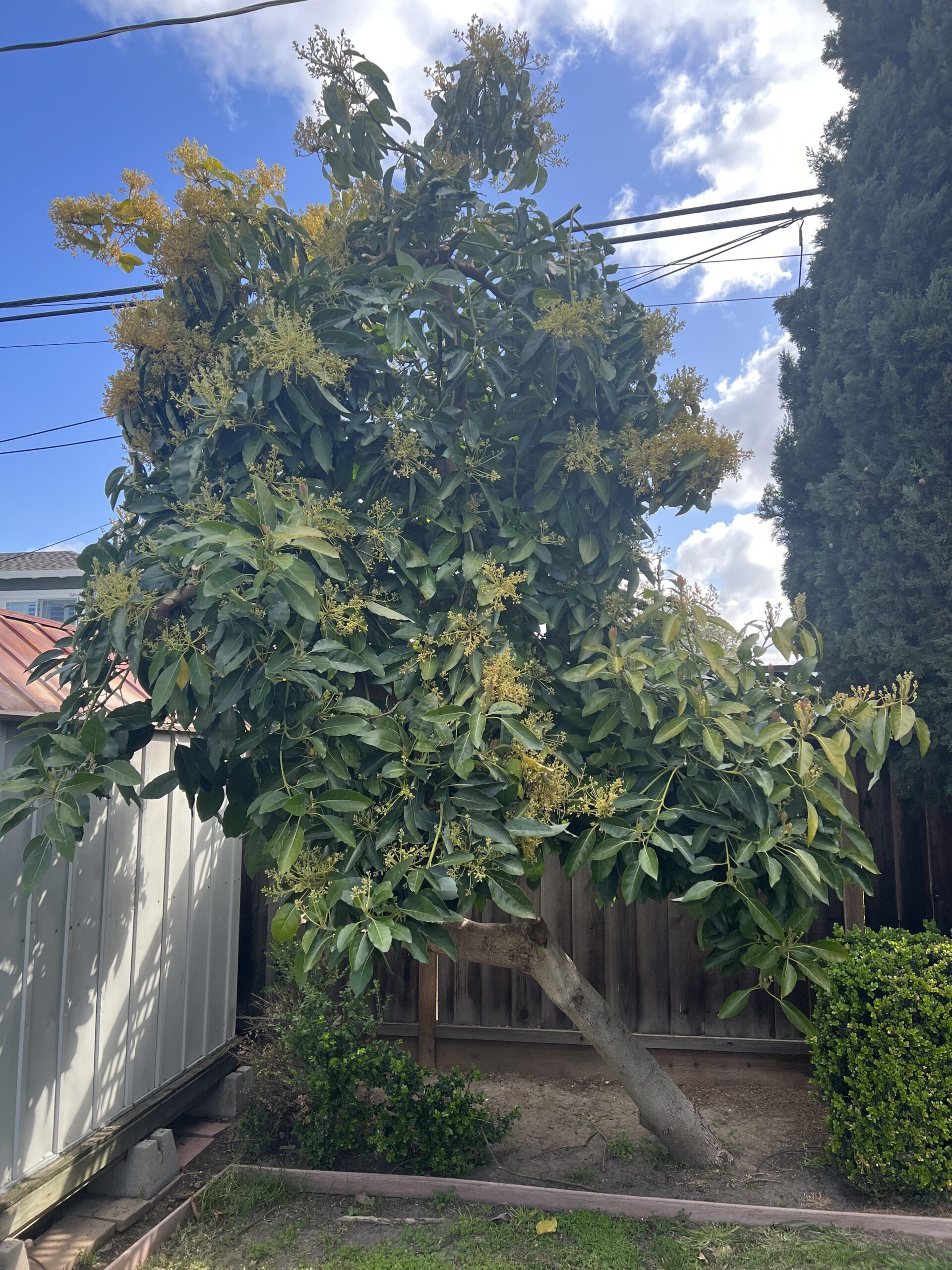
Pests and diseases
One of the most prevalent plant diseases is root rot, which occurs due to excessive watering. Additionally, mites and other pests can damage leaves and fruit.
Benefits of Growing Avocado Trees
Nutritional value of avocados
Avocados are packed with healthy fats, vitamins, and minerals. They are especially high in monounsaturated fats, known for promoting heart health.
